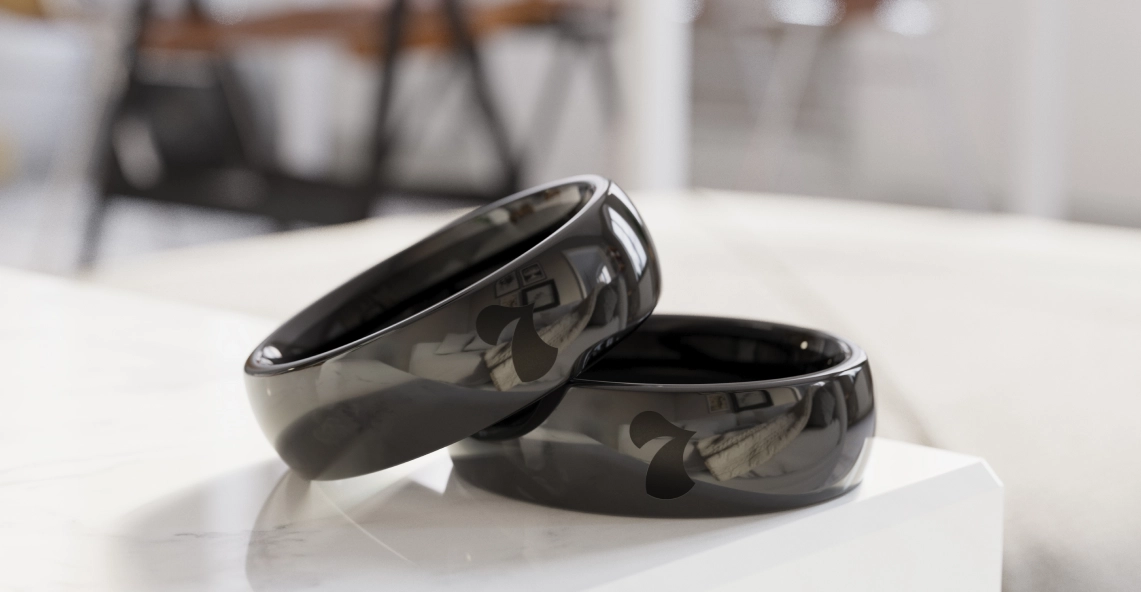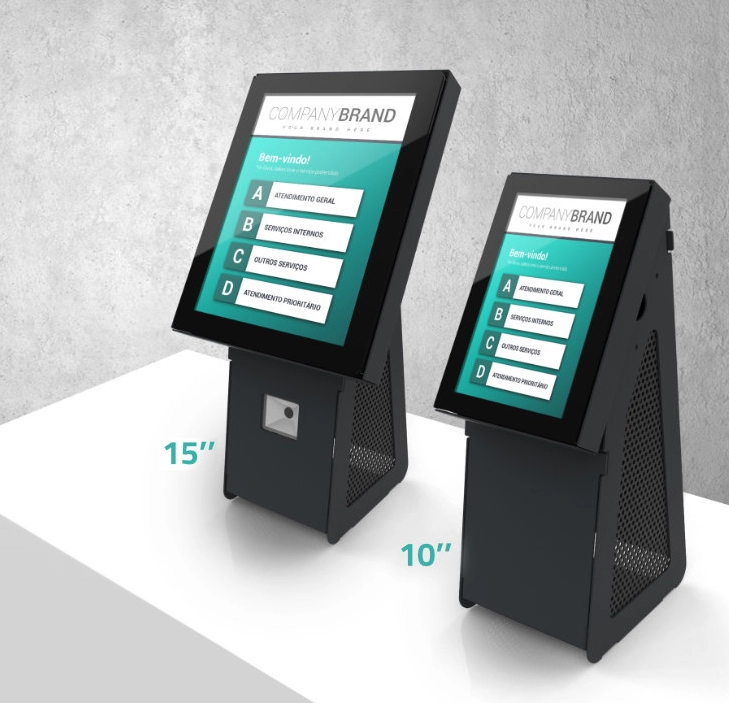The use of IoT has grown across industries. The global Internet of Things (IoT) in banking industry is projected to be more than $90 billion by 2028.1 With a need for extensive data, IoT can aid processes like credit rating, loan applications, and fraud detection.
Explore benefits, challenges and applications of IoT banking and finance industry:
What is IoT in banking?
IoT in banking refers to the interconnected webs of IoT devices that gather, transmit, and allow for the processing of data, in a cloud or in an on-premise server, to enhance the banking experience, for the customers and bankers alike.
Benefits of IoT in banking
The following points are some of the advantages of utilizing IoT in banking:
1. Enhanced security and fraud prevention
Banks can improve the security of their branches by using CCTV cameras, round-the-clock monitoring, IoT devices strengthen security within the banking environment by utilizing smart alarm systems, biometric authentication, and connected devices for round-the-clock monitoring.2 For example, smart branches equipped with IoT sensors can detect intrusions or tampering and instantly alert security teams to protect sensitive customer data.
Additionally, online banking applications supported by IoT enable real-time fraud detection, allowing financial institutions to send instant alerts for suspicious activities or unauthorized financial transactions, ensuring data protection. The integration of IoT systems also mitigates risks such as card skimming through smart ATMs equipped with IoT-powered surveillance.3
2. Improved customer experience
By leveraging real-time data, banks can deliver personalized services that enhance the customer experience. For instance, IoT-powered mobile banking apps can analyze customer behavior, such as ATM usage patterns, and provide tailored money management advice or budget plans.
The banking environment empowered by IoT facilitates quicker service delivery. For example, smart branches use IoT sensors to manage waiting times effectively, creating a smoother experience for customers visiting bank branches.4
3. Operational efficiency and cost savings
IoT integration helps banks streamline operations and reduce costs through business process automation IoT. Automated systems within a bank’s existing infrastructure—such as IoT-driven lighting, heating, and cash management—optimize resource use and minimize operational expenses.
For example, smart devices deployed in ATMs enable timely and accurate data collection for predictive replenishment, ensuring optimal cash availability while reducing logistics costs.5
4. Data analytics for valuable insights
IoT technologies provide financial organizations with extensive data on customer behavior, transactions, and market trends. Banks can use advanced analytics IoT devices to gain insights into customer accounts, improving decision-making in areas such as risk management, credit assessments, and product personalization.
IoT in banking also supports financial sector innovations like tracking economic activity using IoT sensors, enabling financial institutions to make data-driven investment decisions. Other use cases could be:
- Consumer loans might leverage data from various applications and sensors to get an accurate insight into the consumer’s spending history.
- For securities, they could leverage data from various analytics platforms (Bloomberg Terminal, FactSet, Eikon) to view the amount of trading that is done with government bonds as opposed to privately issued bonds.
If you are interested in learning more about the use of technology in investment, we have an article that discusses the use cases of alternative data in finance.
5. Expanded services and innovations
IoT solutions enable banks to offer innovative services beyond traditional banking. For instance, wearable devices synced with mobile apps can track customer fitness levels and reward healthy habits with cashback or lower APRs.6 Similarly, contactless payments through synchronized credit and debit cards simplify transactions, enhancing convenience and safety during online banking transactions and in-person purchases.
6. Risk management and compliance
IoT systems empower the banking sector to enhance risk management and regulatory compliance by enabling real-time monitoring of financial transactions and ensuring adherence to legal standards. Advanced IoT technology also simplifies compliance processes by automating tasks related to anti-money laundering (AML) efforts, improving the efficiency of the continuous improvement process for financial institutions.
7. Sustainability and green banking
Integrating IoT devices supports sustainable banking operations. By automating energy use in bank infrastructure, IoT reduces resource consumption and contributes to environmental conservation, promoting green banking initiatives.
Challenges of IoT in banking
The biggest challenge for IoT in banking pertains to the security of the banks and their clients. Some of them include:7
1. Data breaches
Banks collaborate with major tech firms (e.g., Google, Apple, Amazon) for IoT integration. A data breach at any of these partners exposes sensitive banking and customer data, threatening privacy and trust. Additionally, breaches can lead to social engineering attacks or data tampering that compromises client assets and bank operations.
Recommendations:
- Adopt Edge Computing: Process and store data locally at the edge rather than relying solely on centralized cloud storage to minimize exposure to external breaches.
- Enhance Data Encryption: Implement end-to-end encryption for all data transmitted within IoT systems.
- Strengthen Vendor Due Diligence: Regularly audit third-party partners for compliance with stringent cybersecurity protocols.
2. Data exploitation
IoT allows banks to gather vast amounts of data to personalize services. However, unethical data usage could lead to discrimination, such as higher loan rates based on non-financial metrics like health data, potentially harming customer trust.
Recommendations:
- Implement Transparent Policies: Clearly define and communicate how IoT data will be used to avoid misuse or perception of exploitation.
- Regulate Data Utilization: Develop AI-driven systems to ensure data usage aligns with legal and ethical standards.
- Promote Regulatory Compliance: Collaborate with regulatory authorities to establish robust frameworks for ethical IoT data usage.
3. Vulnerable applications
IoT systems rely heavily on mobile banking apps and connected devices. Security lapses in apps or compromised customer devices can serve as gateways for attackers, resulting in financial loss or data theft.
Recommendations:
- Leverage Automation for Cybersecurity: Use RPA bots or workload automation to conduct routine cybersecurity checks, identify vulnerabilities, and apply patches promptly.
- Strengthen Application Security: Implement multi-factor authentication, tokenization, and biometric security measures in mobile apps.
- Educate Customers: Launch awareness campaigns to help customers secure their devices and recognize potential threats.
4. Complex infrastructure
The interconnected nature of IoT devices creates a complex infrastructure. System failures or the removal of a single device can disrupt the network, leading to significant losses. Additionally, financial institutions may be reluctant to adopt IoT due to unfamiliarity with the underlying technologies or manufacturers.
Recommendations:
- Simplify IoT Architecture: Opt for modular IoT systems that allow flexibility and resilience in case of partial failure.
- Train Staff: Provide regular training for IT teams to understand IoT systems and manage complex infrastructures effectively.
- Partner with Trusted Vendors: Collaborate with established IoT vendors with proven track records in banking and financial services.
5. Lack of standardized maintenance procedures
Diverse IoT devices from various manufacturers require different maintenance protocols. The absence of standard operating procedures (SOPs) can result in operational inefficiencies and increased downtime.
Recommendations:
- Develop Industry Standards: Advocate for industry-wide collaboration to establish SOPs for IoT device maintenance in banking.
- Adopt Predictive Maintenance: Utilize IoT-enabled predictive analytics to anticipate maintenance needs and minimize disruptions.
- Consolidate Vendors: Streamline procurement to rely on fewer, high-quality vendors to reduce complexity in maintenance protocols.
Applications of IoT in the banking industry
1. Wearables and smart devices
Figure 1. 7 Ring as a wearable IoT device

Source: 7 Ring8
Smart devices and wearables with IoT help people stay more aware of their spending:
Contactless payments: Devices like NFC-enabled smartphones, fitness trackers, rings, and smartwatches provide easy access to credit/debit cards and checking accounts for secure, on-the-go transactions. With 7 Ring, people can pay without pulling out a wallet. It’s a small, wearable device that makes daily spending faster and easier.
Financial habit monitoring: Clients can set spending limits on their wearable devices, which track daily transactions. These devices give users a heads-up when they’re close to their budget, making it easier to stay in control of daily spending.
2. IoT-enabled ATMs
Modern ATMs leverage IoT technology to optimize customer service and reduce operational costs:
Smart maintenance and restocking: With built-in sensors and smart features, today’s ATMs can alert banks before running low on cash or breaking down.
Foot traffic analysis: IoT sensors monitor foot traffic around ATMs, providing banks with data to optimize placement or branch locations.
Enhanced customer support: Some ATMs offer live-stream video consultations, enabling customers to interact with bank advisors in real-time.
3. Blockchain-based banking services
The integration of IoT and blockchain technology is transforming financial transactions and data management:
Secure and transparent transactions: Combining IoT with blockchain helps businesses track transactions in real time, while keeping data safe and easy to verify—no need for a middleman.
Global trade facilitation: IoT-powered blockchain solutions, such as smart contracts, simplify international trade transactions, reduce maintenance costs, and address infrastructure challenges.
Innovation in banking: Financial institutions are investing in blockchain startups and developing their own IoT-driven blockchain solutions to modernize services.
4. Indoor navigation solutions
Figure 2. Queue monitor device

Source: PARTTEAM & OEMKIOSKS9
IoT enhances customer service efficiency within smart bank branches:
Queue management: These tools help staff manage busy times and improve service without making people wait too long.
Appointment scheduling: Mobile apps allow clients to book, manage, and monitor appointments, enabling a more streamlined experience.
Interconnected communication systems: IoT facilitates seamless interaction between branches in different locations, reducing staffing needs and operational costs.
5. Mobile banking chatbots
In banking, AI chatbots supported by IoT help customers get quick answers anytime. These smart tools learn from each chat, making future conversations smoother and more helpful:
Personalized experiences: Chatbots use natural language processing (NLP) and machine learning to deliver tailored interactions and improve with every customer query.
Cost-effective automation: Chatbots handle routine inquiries, speeding up responses and cutting costs, while allowing employees to focus on more challenging tasks.
Multi-channel availability: Text-based chatbots are accessible via preferred communication channels, enhancing customer satisfaction and engagement.
More research on IoT in different sectors
Further reading
- IoT Implementation Steps & Best Practices
- Internet of Everything (IoE): Guide & 15 Use Cases
- Layers & Components of IoT Architecture
External Links
- 1. Internet of Things (IoT) in Banking Market Size by 2022-2028.
- 2. Blog | FS.com - FS.com Deutschland. FS.com
- 3. Smart ATMs and the Internet of Things (IOT): A Symbiotic Relationship.
- 4. Hossain, M. I., Hossain, M. T., Ejarder, S., Raeid, F. A. M., Bhuia, M. S., & Islam, M. T. (2023). Internet of Things in Smart Banking: Hopes and Challenges. International Journal of Open Information Technologies, 11(11), 119-125.
- 5. Hasheminejad, S. M. H., & Reisjafari, Z. (2017). ATM management prediction using Artificial Intelligence techniques: A survey. Intelligent Decision Technologies, 11(3), 375-398.
- 6. Digital marketing case study - Gamification case study: Emirates bank rewards exercise with better savings via fitness app - Digital Training Academy.
- 7. Bakar, N. A. A., Hassan, M. A., & Hassan, N. H. (2021). IoT in Banking: The trends, threats, and solution. Open International Journal of Informatics, 9(1), 65-77.
- 8. 7 Ring – India’s first contactless payment wearable ring.
- 9. Queue Management | PARTTEAM & OEMKIOSKS. OEMKIOSKS

Comments
Your email address will not be published. All fields are required.